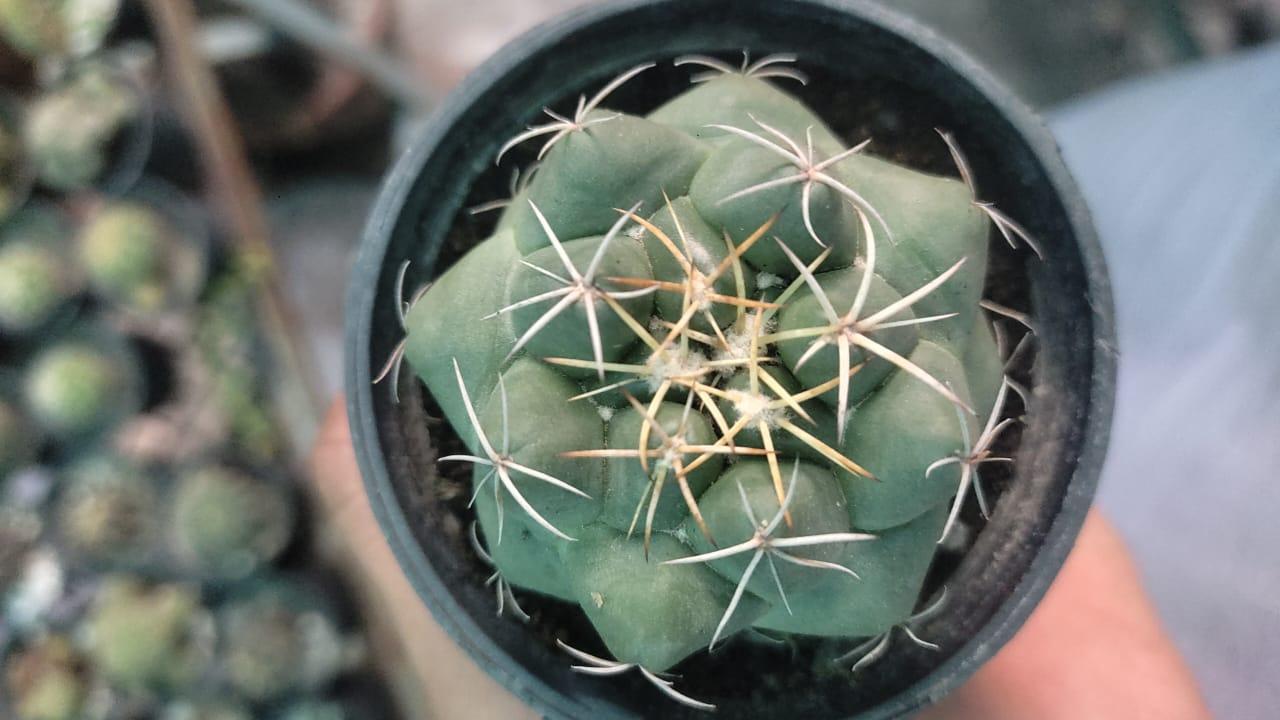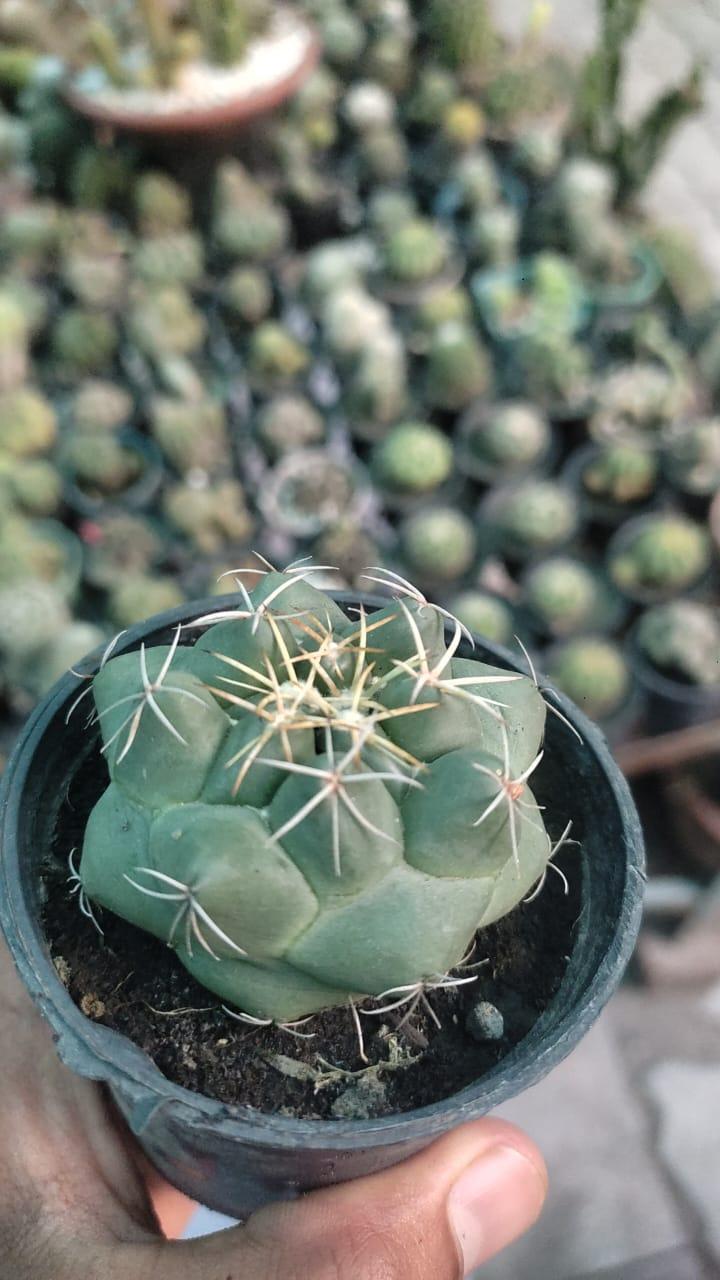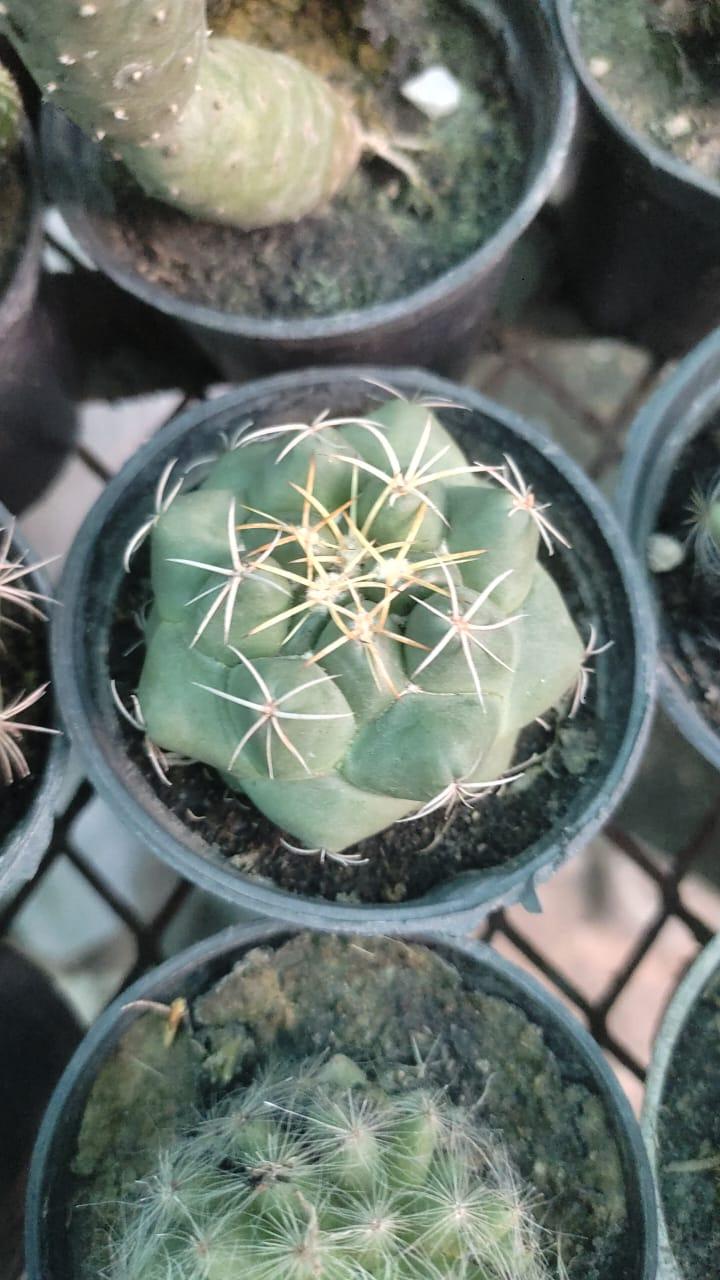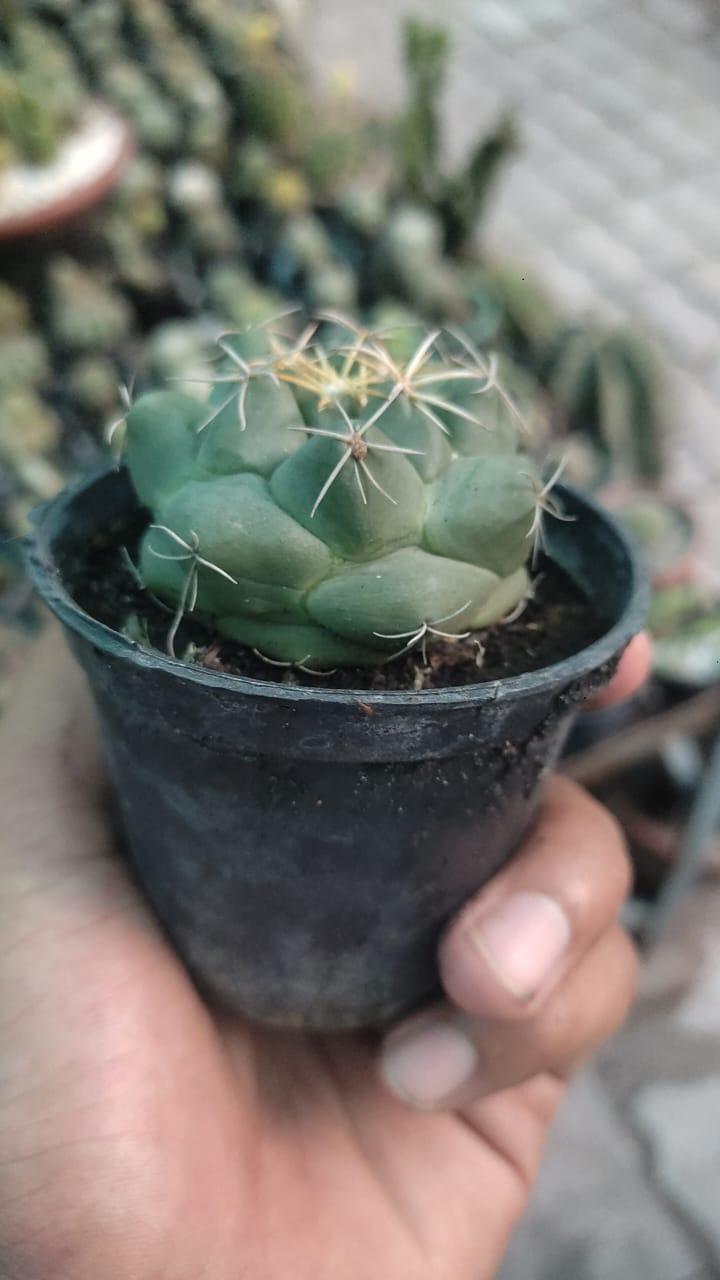Coryphantha Elephantidens: A Comprehensive Guide
Commonly known as the Elephant’s Tooth Cactus, Coryphantha Elephantidens is a striking succulent that will charm beginners and seasoned plant enthusiasts alike. This unique cactus, belonging to the Cacti family, is native to Mexico, where it thrives in arid and semi-arid regions. Its distinctive appearance and easy maintenance make it a popular choice for indoor and outdoor gardens. In this comprehensive guide, we’ll explore everything you need to know about Coryphantha Elephantidens, from its origins and physical characteristics to care and reproduction.
Origin and habitat
Coryphantha Elephantidens is common in the dry landscapes of central and northern Mexico. It is found in areas such as Hidalgo, Querétaro and San Luis Potosí. In its natural habitat, this cactus grows in rocky, well-drained soil, often in the shade of larger plants or between rocks. Its ability to thrive in such harsh conditions makes it a hardy, low-maintenance addition to any garden.
Physical Characteristics
One of the most fascinating characteristics of Coryphantha Elephantidens is its appearance. The cactus forms a single spherical stem that can be up to 15 centimeters in diameter. The stem is covered with prominent tuber-like ridges that resemble the tusks of an elephant – hence its common name. These tubers are arranged in spiral patterns, adding visual appeal to the plant.
The cactus is decorated with spines at the end of each tuber. These spikes are usually white or pale yellow in color and can grow up to 1.5 centimeters in length. The central spine is often longer and stronger than the radial spines, offering the plant some protection against herbivores.
During the summer months, Coryphantha Elephantidens produces beautiful funnel-shaped flowers that rise from the stem. These flowers are usually pink, purple or sometimes white and measure up to 5 centimeters in diameter. Vibrant flowers are not only visually striking, but also attract pollinators such as bees and butterflies to the garden.
Care and Maintenance
Caring for Coryphantha Elephantidens is relatively easy, making it an excellent choice for both beginners and experienced gardeners. Here are some important tips to keep the Elephant Tooth Cactus healthy and thriving:
Light
Coryphantha Elephantidens likes bright, indirect light. In its natural habitat, it often grows in the partial shade of larger plants. When growing indoors, place the cactus near a south or west window where it will receive plenty of sunlight without being exposed to direct harsh rays. Too much direct sunlight can cause sunburn, while insufficient light can cause stunting, causing the plant to grow taller and pale.
Soil
Well-draining soil is essential to the health of Coryphantha Elephantidens. A cactus or succulent mix is ideal because it provides the necessary drainage to prevent root rot. You can also create your own mix by combining regular potting soil with sand, perlite or pumice to improve drainage.
Watering
Like most cacti, Coryphantha Elephantidens is drought tolerant and needs little watering. During the growing season (spring and summer), water the cactus thoroughly so that the soil dries completely between waterings. During the rest period (autumn and winter), reduce watering to once a month or even less often. Overwatering can cause root rot and other problems, so it’s important to let the soil dry out completely between waterings.
Temperature and Humidity
Coryphantha Elephantidens is well suited to a range of temperatures, but prefers a warmer environment. It thrives in a temperature of 18 °C to 26 °C (65 °F to 80 °F). In winter it tolerates colder temperatures, down to 10 °C (50 °F), but should be protected from frost. Cactus does not require high humidity and can adapt to medium humidity levels in most homes.
Fertilization
Fertilize sparingly with a balanced water-soluble cactus fertilizer during the Coryphantha Elephantidens growing season. Apply fertilizer at half the recommended strength once a month. Avoid fertilizing during the dormant period, as the cactus is not actively growing and does not need additional nutrients.
Propagation
Coryphantha Elephantidens is usually propagated by seed or offset.
Seeds
Add seeds by sowing them in a well-draining soil mix and store in a warm, bright place. Mist the soil lightly to keep it moist but not wet. Germination can take several weeks and patience is key.
Pods
If your cactus produces pods, carefully remove them from the mother plant with a sterile knife. Allow the transplanted plants to dry out for a few days before replanting them in a separate pot with well-draining soil. Water moderately until the cuttings take root.
Conclusion
Coryphantha Elephantidens is a remarkable cactus that adds natural beauty to any garden or indoor space. Its unique appearance, vibrant flowers and low maintenance make it an ideal choice for plant enthusiasts of all levels. With the right light, soil and care, you can enjoy the magnificent presence of an ivory cactus for years.
Checkout our variety of trees here : https://boota.pk/buy-trees/
To learn more about your favourite plants, check our YouTube channel : https://www.youtube.com/@boota4474








Reviews
There are no reviews yet.